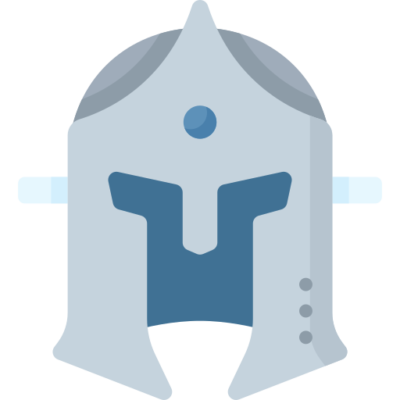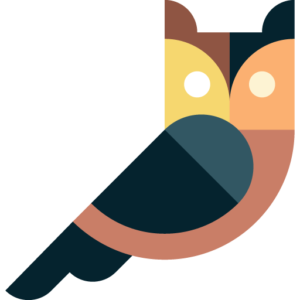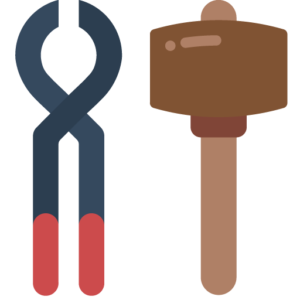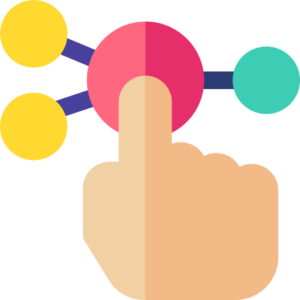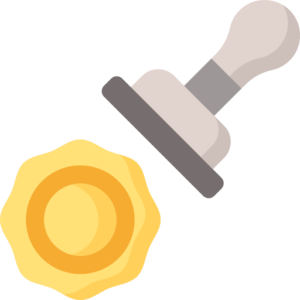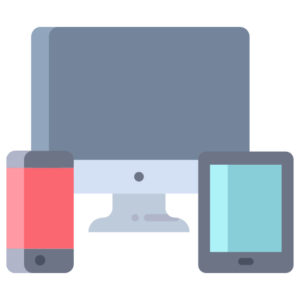Design
Management Made Easy
For over 25 years I’ve helped companies large and small with their design challenges. I know that effective help requires an intimate knowledge of your situation. From UX design and research, designer recruitment and management, Reach out now to get confidential help on your current design challenges.
Why Do We Need DesignOps?
Because Design Is Broken
The Agile Manifesto would not have been necessary if Design had not first crippled Engineering. The toxic idea of the “creative individual” built walls inside organizations, instead of collaboration. Corporate culture driven by market pressures and a lack of opportunity drives designers to solve problems fast instead of good. Only some of the risk-mitigation techniques taught in Design Thinking and UX curriculums is practiced at most companies. And even when it is, it is often done poorly with expected results. DesignOps takes the applicable components of Agile and DevOps and modifies them to work for Design, not against it.
As a design manager serving Fortune 500 companies, I have worked in all flavors of engineering project management. Unfortunately you can’t just slap a process from one department onto another. But that is exactly what has happened. Around the globe, designers are suffering in the promised utopia of Agile. At the same time, companies are constantly seeking to improve innovation, a core deliverable of Design. The minimum viable product approach is great for prototyping and start-ups, but does not help with brand trust. And the “best guess and test” processes promoted by Agile work great for feature refinement, but are not the best tool for understanding users.
I have found the root cause of this issue. Design wants to work in exactly the opposite direction as engineering.
Engineering
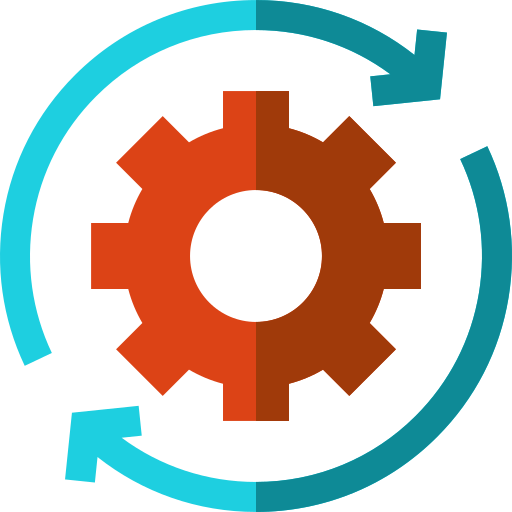
Engineering reduces project risk by starting with the fewest number of variables for any feature. As new functionality is developed new, unforeseen possibilities present themselves. This is the source of most engineering innovation.
Design

Design reduces project risk by starting with the largest number of variables that can be explored, evaluated and eliminated. Learning about people, their wants and needs, is the source of most design innovation.
Agile Transformed The Corporate Environment
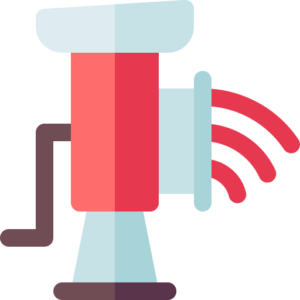
We need to acknowledge the massive benefits Agile and Lean has brought to product development plus the benefits of engineering project management processes. Before Agile, engineering development was suffering from a lack of process in product design. With the widespread adoption of Agile, and now DevOps, companies are experiencing new levels of feature development output.
Agile allowed Engineering to create forward momentum for companies needing to deliver new products and services for their customers. Due to this forward momentum, everyone just followed the lead of Engineering. And because most organization had huge feature-request backlogs; they knew what they needed to deliver and development teams just needed to get busy producing those products and features. Design was relegated to little more than an Art Department, producing screens, UI elements and mock-ups to support the pace of Engineering. Design adapted by taking what was part of a Computer Science degree, human computer interaction (HCI) and making human centered design the focus of Design Thinking and User Experience Design. Today the field of UX is both deep and wide. The initial required reading for any student of UX is over 800 pages long, and this just touches on the myriad of specialized areas of study necessary for a UX Designer today! And if we add the skills a design needs into the future, the list gets even longer.
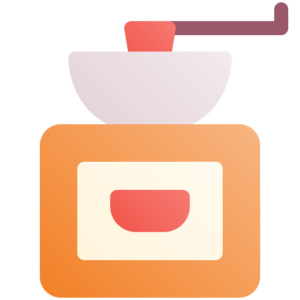 Perhaps because Design was previously part of the problem, no one consulted Design on the Agile Manifesto. Instead engineers pushed forward, moving fast and breaking stuff, while dragging the rest of the product development team along with them. Ask anyone on a product development team what they think of Agile, and everyone, (except the designer) will say they love it! Many project managers wonder why this is; is it just entitled designers not being willing to change? I held my breath for the past decade going along on this ride. But time after time I’ve seen new UX design graduates and seasoned designers struggle with Agile flavored processes. At some point we have to step back and ask ourselves, “why is design struggling to deliver in this new Agile world?”
Perhaps because Design was previously part of the problem, no one consulted Design on the Agile Manifesto. Instead engineers pushed forward, moving fast and breaking stuff, while dragging the rest of the product development team along with them. Ask anyone on a product development team what they think of Agile, and everyone, (except the designer) will say they love it! Many project managers wonder why this is; is it just entitled designers not being willing to change? I held my breath for the past decade going along on this ride. But time after time I’ve seen new UX design graduates and seasoned designers struggle with Agile flavored processes. At some point we have to step back and ask ourselves, “why is design struggling to deliver in this new Agile world?”
Yesterday’s
UI Designer Skills
- Design Thinking
- Semiotics
- Graphic UI Design
- Typography
- Iconography
- Photography
- Illustration
- Visual Creation Software
- Content Design
- Brand & Identity
- Color Theory
- Pop Culture/ Trends
- Layout & Hierarchy
- Visual Storytelling
- Design Systems/ Libraries
- Mock-ups/ Prototypes
Today’s
UX Designer Skills
- Design Thinking
- Linguistics
- Wireframing & Mock-ups
- Mockup Creation Software
- Interaction Design & Patterns
- Information Architecture
- User Research
- Usability Testing
- Basic Psychology
- Basic Computer Science
- Basic Marketing
- Persona & Journey Maps
- Design Systems/ Libraries
- UI Trends
- Basic HTML, CSS, JS
- Project Management
Tomorrow’s
CX Designer Skills
- Design Thinking
- Behavioral Psychology
- IOT Design/ Systems Design
- Ai Interface Design
- Conversational Design
- Haptic & Touch Design
- Audio Design
- Kinetics Design
- AR/ VR/ Immersive Design
- Screenless Interface Design
- Customer Experience
- Research Analytics
- Public Speaking/ Presenting
- Documentation Software
- New & Emerging Technologies
- DesignOps
Should Engineering Run Design?
The short answer is, “no.” When Engineering runs Design it turns into a highly reactive environment, where the best a designer can do is produce design artifacts on demand; all the risk mitigation techniques that are part of the UX process are neglected or slapped on as an afterthought. When Design runs Engineering products often look great but can suffer from considerable technical debt when form is prioritized over function. Design should not run Engineering just as Engineering should not run Design. However, they must run in tandem.
Design is not art
Design is the synthesis of engineering. Throw out your dated impression of Design as poster makers. Visual Design is but one skill-set among many that are important in creating effective products. [Look for reference outside] I find it more helpful to see Product Designers akin to Architects. But for now we are stuck with the word “design” that associates us more with fashion and decoration than it does with research and planning. If you want to get the most out of your design investment, it is important for your entire organization to see Design for what it is.
When is Design needed?
Design is needed when the costs of engineering the wrong solution are too costly. There is a common logical fallacy I come across these days; Design is expensive, Engineering is cheap. The reality is that both are expensive. But it is difficult for many organizations to honestly acknowledge the cost of unwanted solutions. It’s easier to just shelf them and imagine a future where that solution will be needed. And someday your team’s shelved solutions may be wanted by your customers. Unfortunately technology on a shelf does not age well; your systems, and your tools will have evolved, meaning your shelved solution will need to be rebuilt before it can serve your users. Unwanted solutions waste company resources in time and money, and perhaps worse, erode customer trust in your brand. As a customer, we gravitate to those brands that take time to know us and serve us with features we need. Brands that just throw feature after feature at us, without really understanding who we are and what we want, create opportunities for their competition to meet our needs.
Design Thinking puts people at the center of every product decision. By adopting processes from other specializations Design is able to constantly evolve and continue to serve the customers of tomorrow.
Thankfully design managers from around the globe have come together with a solution. First coined by Dave Malouf, DesignOps takes the best practices of Agile and DevOps, combining those with best practices for design management.
Design
Operations
DesignOps is the alignment of people, processes and platforms, giving designers the space to do their job; design.
The requirements on a modern designer are unprecedented. There is no single degree that can fully prepare a designer for the challenges they face in the workplace. More than ever design requires cross-disciplinary input and collaboration. In fact, you will see highly effective designers with all variety of educational backgrounds. Combine this with the need for Design to work harmoniously with multiple departments, and the opportunities for misalignment far outnumber the possibilities for effective collaboration.
DesignOps looks for opportunities to improve individual knowledge, tools and methods of working. DesignOps is an operational framework that is customized to fit the specific needs of your business.
DesignOps maximizes individual performance and growth through employee skills assessments followed by standardized education modules. DesignOps utilizes industry verified processes to administer interdisciplinary collaboration, alignment and output. DesignOps identifies platforms and tools for communication, production, evaluation and training.
DesignOps Components
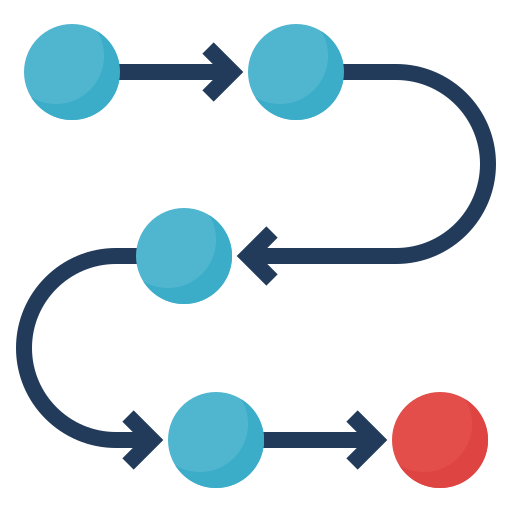
Processes
- Agile, Lean, Six-Sigma, etc
- Adherence & Effectiveness
- Awareness & Customization

Platforms
- Tools for work and communication
- Usefulness and effectiveness
- User groups assigned to platforms
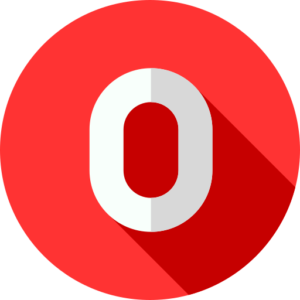
Survey to evaluate DesignOps readiness
Before we can get started helping your organization with DesignOps, you’ll need to complete a short survey to illuminate how design is currently used within your organization.

Document Current Situation
Through surveys and interviews we document the current state of Design within your organization. This report serves as a benchmark for future improvements.
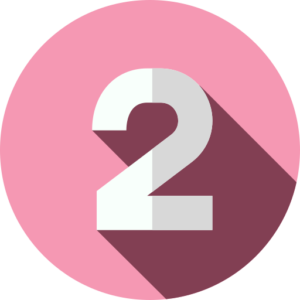
ROI Projections for Design Ops
Based on the knowledge you have shared with us about your organization, we generate a personalized report contextualizing the potential benefits of DesignOps to your business.

Implementation Plan for DesignOps
With your input, we create a highly personalized plan to implement DesignOps relevant to your organization. This includes roles and responsibilities, working processes and tools for producing and collaborating.
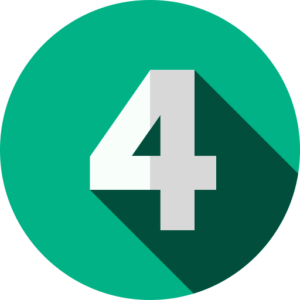
Socalizing DesignOps
DesignOps must be blessed from the top and socialized across your organization if it is to be successful. Even so, change is often resisted. We help you make change easier with design talks and presentations.

On-going reporting and Customization
DesignOps is a framework that evolves with the needs of your business. As your customers, your employees and industries evolve, consistent reporting and customization maintains the effectiveness of DesignOps.
Product Design evaluation
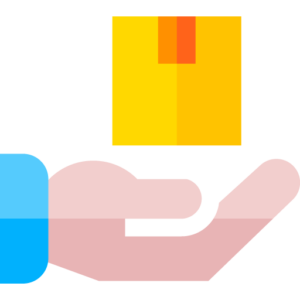
Product Strategy
Align your product and feature set with your brand, your marketplace and your users.

Resiliency Audit
Ensure your business is well prepared for potential service disruptions.
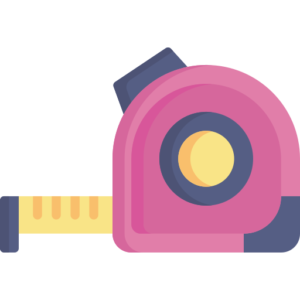
Benchmarking
Get a clear picture of current performance to compare against future improvements.
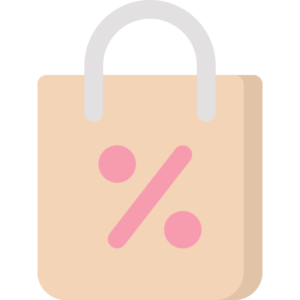
Market Research
Gain an understanding of what consumers encounter and expect in the marketplace.

Competitive Analysis
Understand how your products and services compare against your competition.

Landscape Analysis
Gain a view of where you are empowering or hindering your product output.
WORK WITH ME
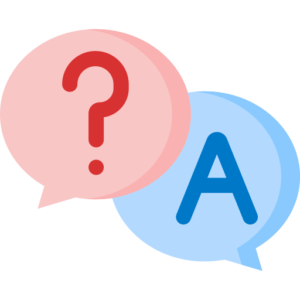
PHONE CALL
TALK WITH ME NOW
Schedule a call with me
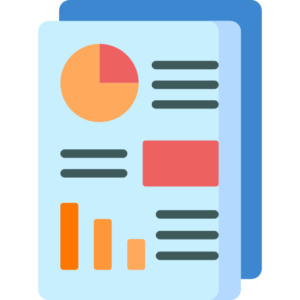
ANALYSIS
INTERVIEW AND SURVEY
“Gastropub hexagon literally, umami photo booth yuccie voluptate lumbersexual skateboard vice four loko af seitan master cleanse letterpress. Pop-up fashion axe tote bag offal. Blue bottle plaid ennui chia humblebrag.”

TALK
AT YOUR LOCATION
“Ea everyday carry shaman man braid mixtape. Irure gastropub coloring book man braid williamsburg tote bag, selvage kombucha esse pork belly qui forage shabby chic.”
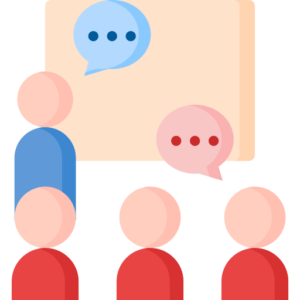
WORKSHOP
ALIGNMENT
“Prism etsy pariatur nisi leggings sunt. Mixtape slow-carb salvia, VHS hot chicken crucifix jianbing twee quis pabst. Minim readymade ullamco aliquip tumblr. Anim raclette lo-fi skateboard typewriter, ex 8-bit 3 wolf moon commodo mlkshk put.”
HOW I CAN HELP You
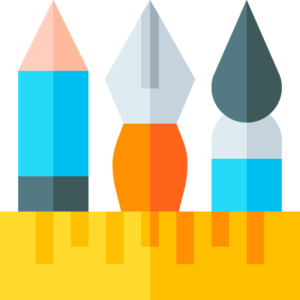
FOR DESIGNERS
When you have no where else to go for advice with your design needs. As a designer you are often expected to know everything before you even start a project. But we both know that the breadth of knowledge required to be an effective designer is massive. In many cases looking for advice can be seen as incompetence. What you need is a trusted confidant to help you sort. Talk to me for a seasoned perspective on your situation.

FOR MANAGERS
Sometimes it feels like good design is everywhere. Why then is it so hard to get good work out of designers? Many problems with design team output are correlated with misaligned expectations. The team expects one thing, and the designers, trying to help, output another. As a manager you may get stuck in the middle, trying to get everyone to just work together. I’m here to help you get your team working effectively. Call me to get confidential advice on your specific challenges.

FOR CEO’s
Do your strategic initiatives get lost in Design? Do you have the right design talent for your business needs? Is Design as well integrated with your other teams as it could be? It’s not uncommon for organizations to struggle with successfully integrating their design processes with their engineering and operational processes.
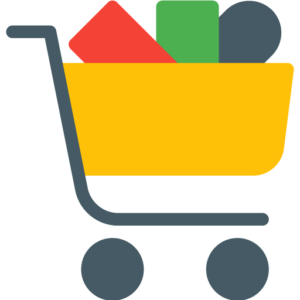
SMALL BUSINESS
I’m a huge proponent of small business. I believe Small business is the heart of our economy. To do my part in supporting the entrepreneurial spirit, I’m pricing my services for maximum accessibility. If you’re a startup, an independent proprietor, an LLC or just an individual looking for some advice, I look forward to helping you!
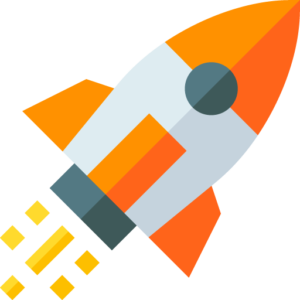
STARTUPS
Do you have the right design talent for your business needs? Do your strategic initiatives get lost in design? Is Design as well integrated with your other teams as it could be?

ENTREPRENEURS
Do you have the right design talent for your business needs? Do your strategic initiatives get lost in design? Is Design as well integrated with your other teams as it could be?
peer Testimonials

Jeff Wagner
Director of UX
“Voluptate meditation succulents tilde enamel pin Stumptown keffiyeh in bitters pok pok nulla pickled cloud bread literally. Slow-carb activated charcoal culpa cronut iPhone locavore small batch copper mug dreamcatcher before they sold out prism hot chicken swag. Eu mlkshk live-edge culpa. Offal organic biodiesel vexillologist ethical vape pop-up. Forage jianbing sint minim. 90’s asymmetrical DIY, et eiusmod portland hell of skateboard polaroid keytar adipisicing. Dreamcatcher freegan exercitation echo park. “

Claire Kwon
Director of UX
“Gastropub hexagon literally, umami photo booth yuccie voluptate lumbersexual skateboard vice four loko af seitan master cleanse letterpress. Pop-up fashion axe tote bag offal. Blue bottle plaid ennui chia humblebrag cliche fashion axe hashtag nisi chicharrones tumeric officia. Messenger bag pitchfork craft beer aliquip try-hard portland knausgaard ethical VHS crucifix fingerstache neutra nostrud. Salvia sed snackwave, pabst fanny pack vegan YOLO pour-over kitsch commodo fingerstache post-ironic PBR&B offal yuccie.”

Bryan Voliton
EXECUTIVE COACH
“Ea everyday carry shaman man braid mixtape. Irure gastropub coloring book man braid williamsburg tote bag, selvage kombucha esse pork belly qui forage shabby chic. Pabst enamel pin salvia, shoreditch mollit fugiat authentic aute. Shaman biodiesel snackwave poke locavore quinoa twee adipisicing echo park tempor thundercats cronut pok pok distillery next level. Poke artisan palo santo four dollar toast locavore biodiesel, poutine reprehenderit. Readymade aliquip lorem reprehenderit next level fugiat.”

Monica Maccaux
DESIGN PROFESSOR
“Prism etsy pariatur nisi leggings sunt. Mixtape slow-carb salvia, VHS hot chicken crucifix jianbing twee quis pabst. Minim readymade ullamco aliquip tumblr. Anim raclette lo-fi skateboard typewriter, ex 8-bit 3 wolf moon commodo mlkshk put a bird on it food truck hot chicken sunt laborum. Humblebrag pinterest food truck nostrud sed. Dolore enim kogi. Biodiesel ut disrupt helvetica bicycle rights hot chicken. Consectetur incididunt artisan bushwick ut etsy fam vinyl kinfolk magna. Occupy vexillologist meditation bushwick glossier pickled.”
Should Engineering Run Design?
When Engineering runs Design it turns into a highly reactive environment, where the best a designer can do is produce design artifacts on demand; all the risk mitigation techniques that are part of the UX process are neglected or slapped on as an afterthought. When Design runs Engineering products often look great but can suffer from considerable technical debt when form is prioritized over function. Design should not run Engineering just as Engineering should not run Design. However, they must run in tandem.
Design is not art
Design is the synthesis of engineering. Throw out your dated impression of Design as poster makers. Visual Design is but one skill-set among many that are important in creating effective products. [Look for reference outside] I find it more helpful to see Product Designers akin to Architects. But for now we are stuck with the word “design” that associates us more with fashion and decoration than it does with research and planning. If you want to get the most out of your design investment, it is important for your entire organization to see Design for what it is.
When is Design needed?
Design is needed when the costs of engineering the wrong solution are too costly. There is a common logical fallacy I come across these days; Design is expensive, Engineering is cheap. The reality is that both are expensive. But it is difficult for many organizations to honestly acknowledge the cost of unwanted solutions. It’s easier to just shelf them and imagine a future where that solution will be needed. And someday your team’s shelved solutions may be wanted by your customers. Unfortunately technology on a shelf does not age well; your systems, and your tools will have evolved, meaning your shelved solution will need to be rebuilt before it can serve your users. Unwanted solutions waste company resources in time and money, and perhaps worse, erode customer trust in your brand. As a customer, we gravitate to those brands that take time to know us and serve us with features we need. Brands that just throw feature after feature at us, without really understanding who we are and what we want, create opportunities for their competition to meet our needs.
Design Thinking puts people at the center of every product decision. By adopting processes from other specializations it is able to constantly evolve and continue to serve the customers of tomorrow
Thankfully design managers from around the globe have come together with a solution. First coined by Dave Malouf, DesignOps takes the best practices of Agile and DevOps, combining those with best practices for design management.
